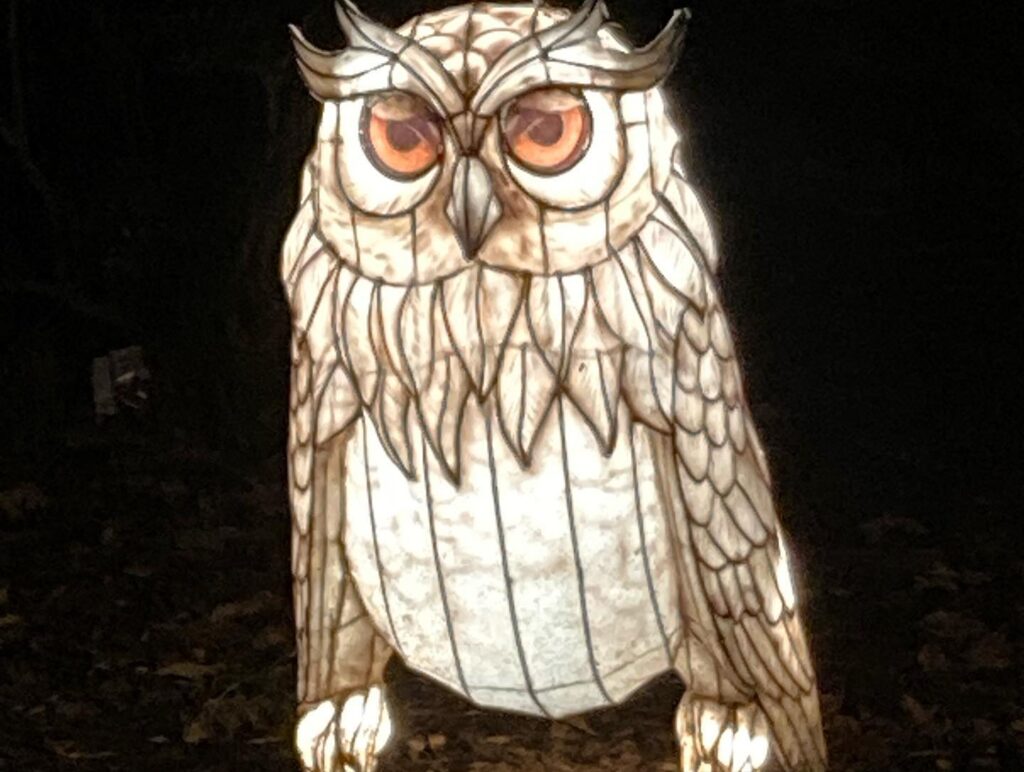
Reading the plaque on the wall at the National Children’s Museum, I raised an eyebrow. I had been looking around while my kids climbed on the huge structure rising up two stories in the middle of the museum. The sign on the wall caught my eye, so of course I read it. It had a little blurb about the skills children would learn from using said giant climbing structure – like problem solving and teamwork – and careers that used those skills. Although I was nodding along at first, I stopped and thought, “Wait a minute! Why are we so worried about them learning specific skills, much less for a career? Why can’t we just let them play?”
Continue reading







